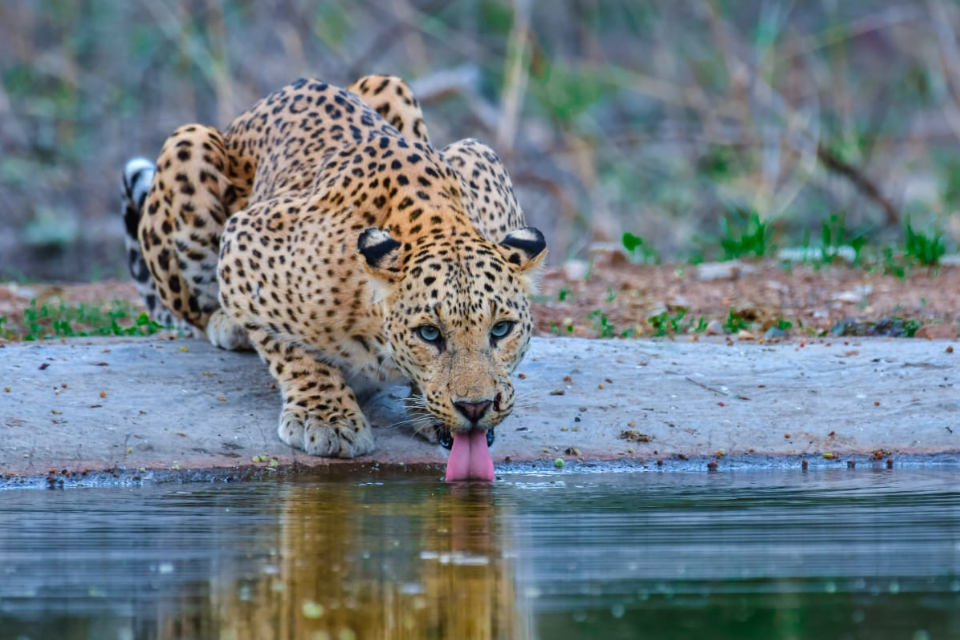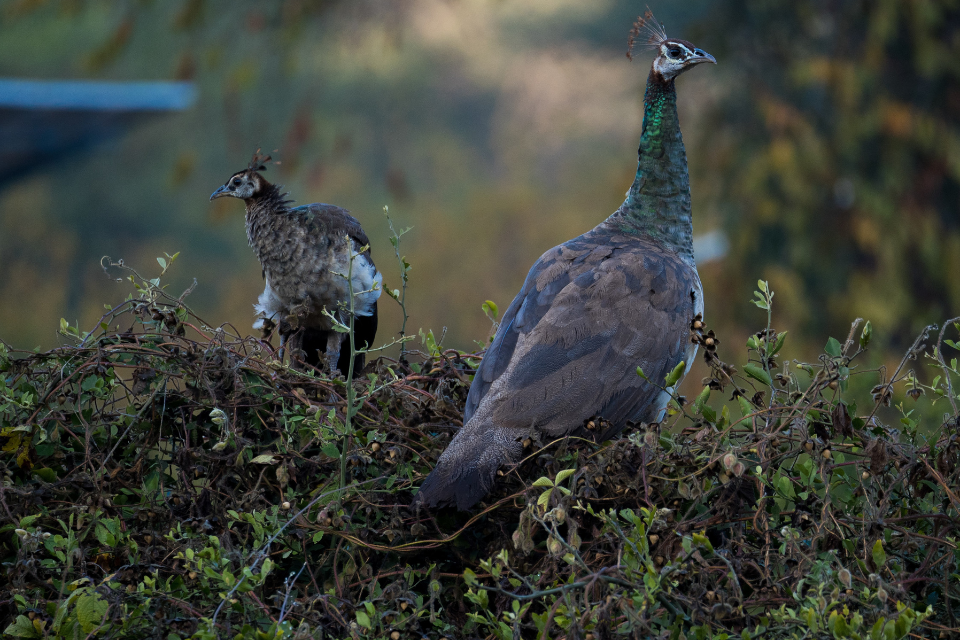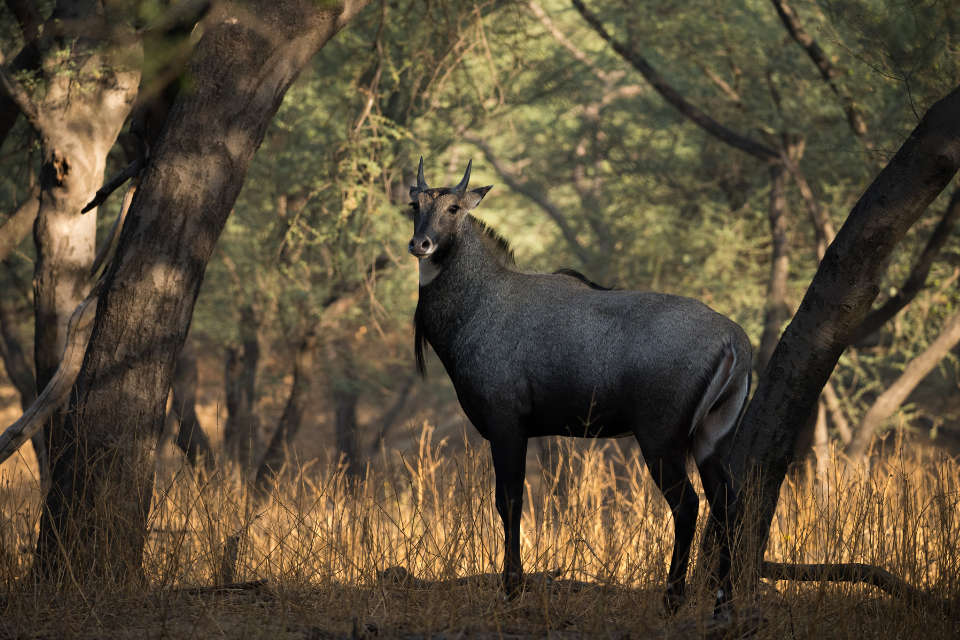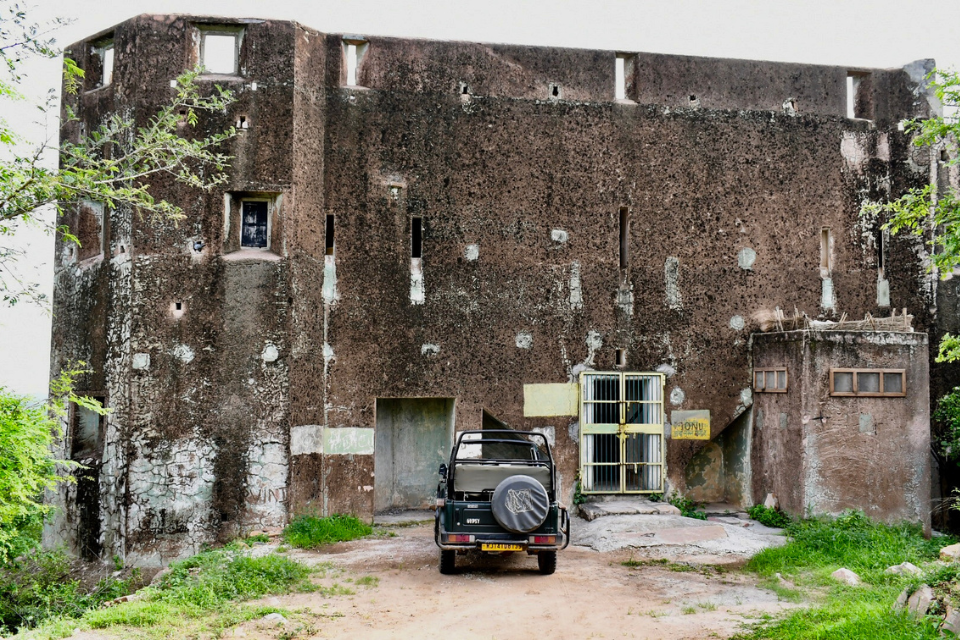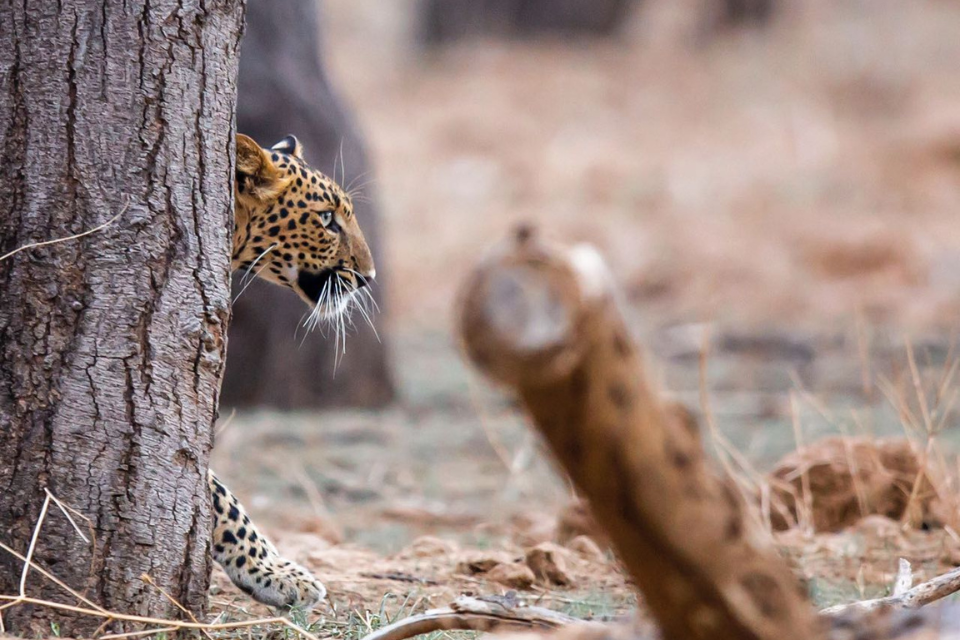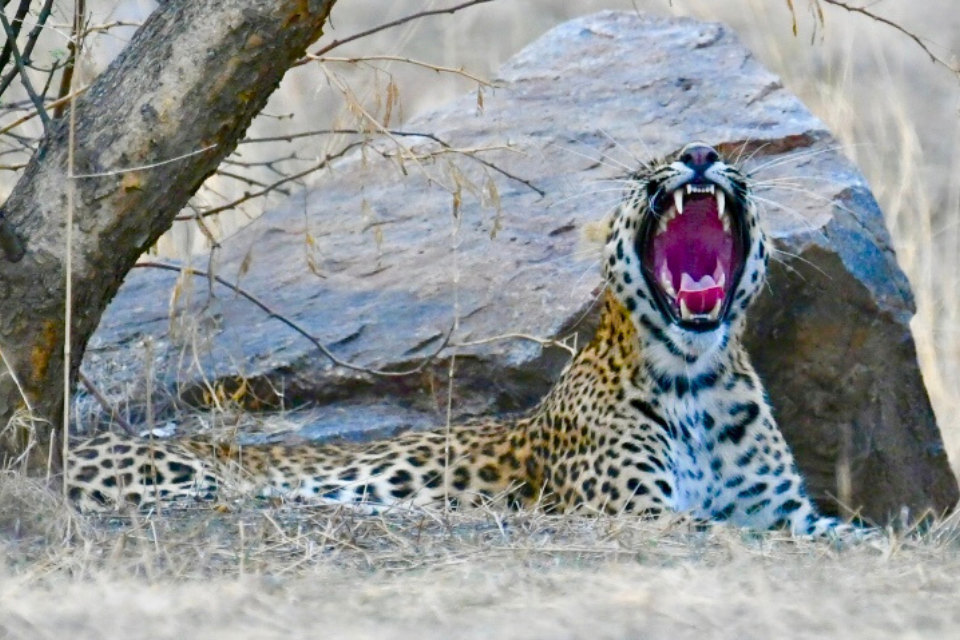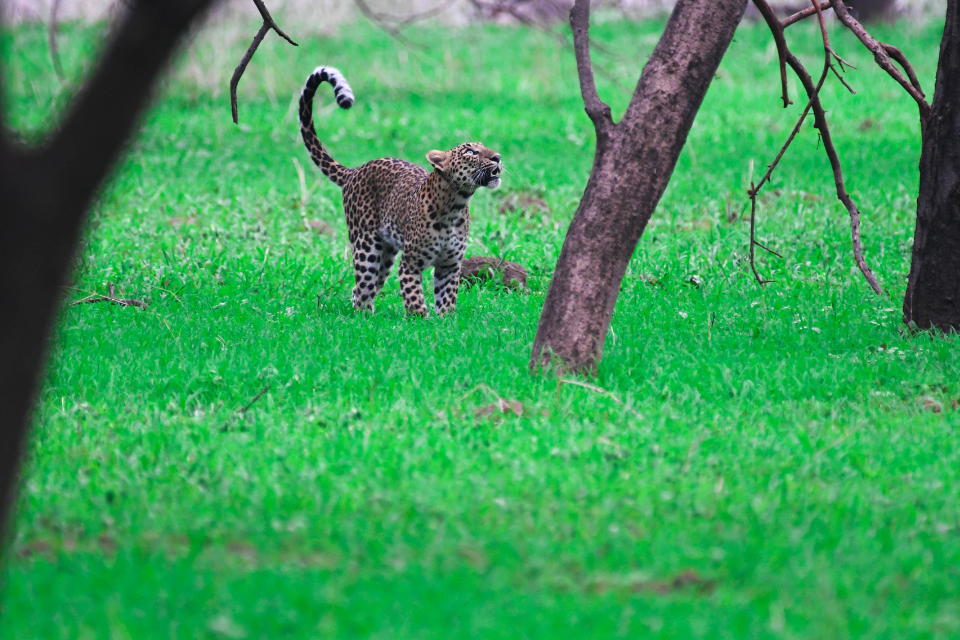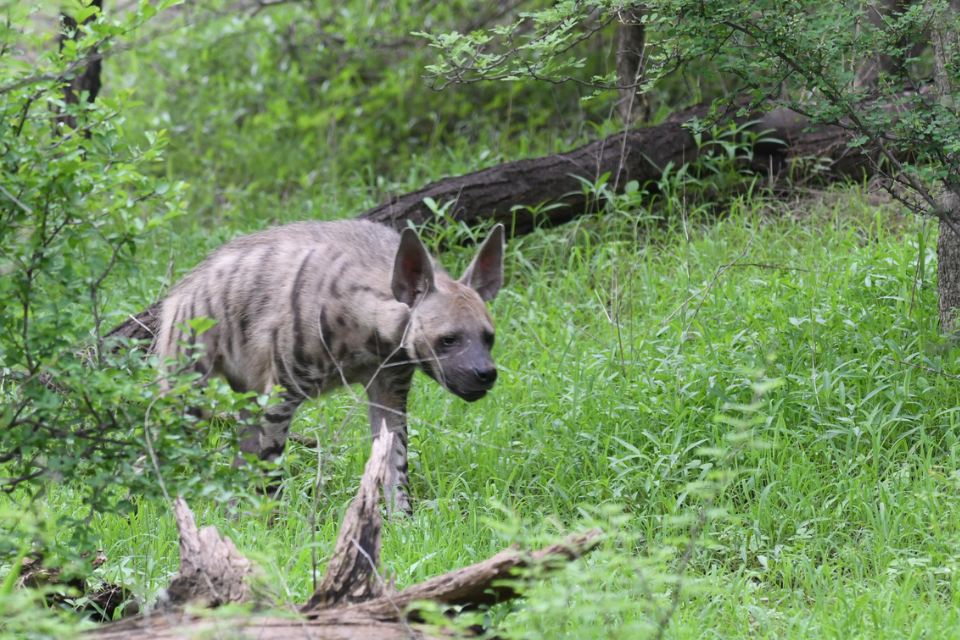- September 5, 2024
The Best Time to Visit Jhalana Panther Safari for the Ultimate Wildlife Experience.
Jhalana Panther Safari, located in the Jhalana Forest Reserve in Jaipur, India, is a prime destination for wildlife enthusiasts and nature lovers. However, the timing of your visit can greatly impact the quality of your wildlife experience. Here’s a guide to help you determine the best time to visit Jhalana Panther Safari.
1. Winter months (October to February): Winter is the best time to visit Jhalana Panther Safari, as the weather is cool and pleasant, making it easier to spot wildlife. Additionally, the winter months are the mating season for leopards, increasing the chances of seeing the big cats in action.
2. Monsoon season (July to September): While the monsoon season may bring more rainfall, it also brings with it lush green foliage, making it easier to spot wildlife. The monsoon season also provides ample water sources, attracting a variety of animals to the area.
3. Summer months (March to June): The summer months can be extremely hot, making it difficult to spot wildlife. Additionally, the lack of water sources during this time can lead to animals retreating to more secluded areas.
Regardless of the time of year, it’s always a good idea to check the park’s guidelines and regulations before visiting. The park may close during certain times of the year for maintenance or for the safety of visitors and wildlife.
Visiting Jhalana Panther Safari during the right time of year can greatly enhance your wildlife experience. Not only do different seasons bring with them different animals and habitats, but they also bring different opportunities for photography and outdoor activities.
Aside from the winter months, the monsoon season can also be a great time to visit Jhalana Panther Safari. The rain not only provides a lush and green environment for the animals to thrive, but it also provides a unique and stunning backdrop for photographs. During the monsoon season, the park’s water sources are full, attracting a variety of animals such as deer, jackals, and leopards.
One of the biggest benefits of visiting Jhalana Panther Safari during the winter months is the cool and comfortable weather. The winter months are the mating season for leopards, increasing the chances of seeing these magnificent big cats in action. Additionally, the cool temperatures make it much easier to venture out into the park and spot wildlife. This is a great time to bring your family and friends along, as the weather is ideal for outdoor activities and wildlife sightings.
While the summer months can be quite hot, they also bring with them their own unique benefits. The park’s vegetation is at its driest, making it easier to spot wildlife and take clear photographs. Additionally, the lack of water sources during this time can lead to animals gathering near water sources, increasing the chances of spotting them.
One thing to keep in mind when visiting Jhalana Panther Safari during any time of the year is the park’s guidelines and regulations. The park may close during certain times of the year for maintenance or for the safety of visitors and wildlife. It is important to check the park’s website or contact park staff for the most up-to-date information on visiting hours and restrictions.
The best time to visit Jhalana Panther Safari is during the winter months from October to February. With cooler temperatures, increased opportunities to see the big cats in action, and ideal weather for outdoor activities, winter is the perfect time for a visit to this magnificent forest reserve. However, each season has its own unique benefits, and visitors should consider their interests and preferences when choosing the best time for their visit. Regardless of the time of year, Jhalana Panther Safari offers a truly unforgettable wildlife experience for visitors of all ages.
In conclusion, the winter months are the best time to visit Jhalana Panther Safari for the ultimate wildlife experience. With cooler temperatures and increased opportunities to see the big cats in action, winter is the ideal time for a visit to this magnificent forest reserve.
Disclaimer All images used in this blog are either sourced from public domain or credited to their respective owners. If you are the copyright holder of any image and wish to request its removal or proper attribution, please contact us at [email protected]



